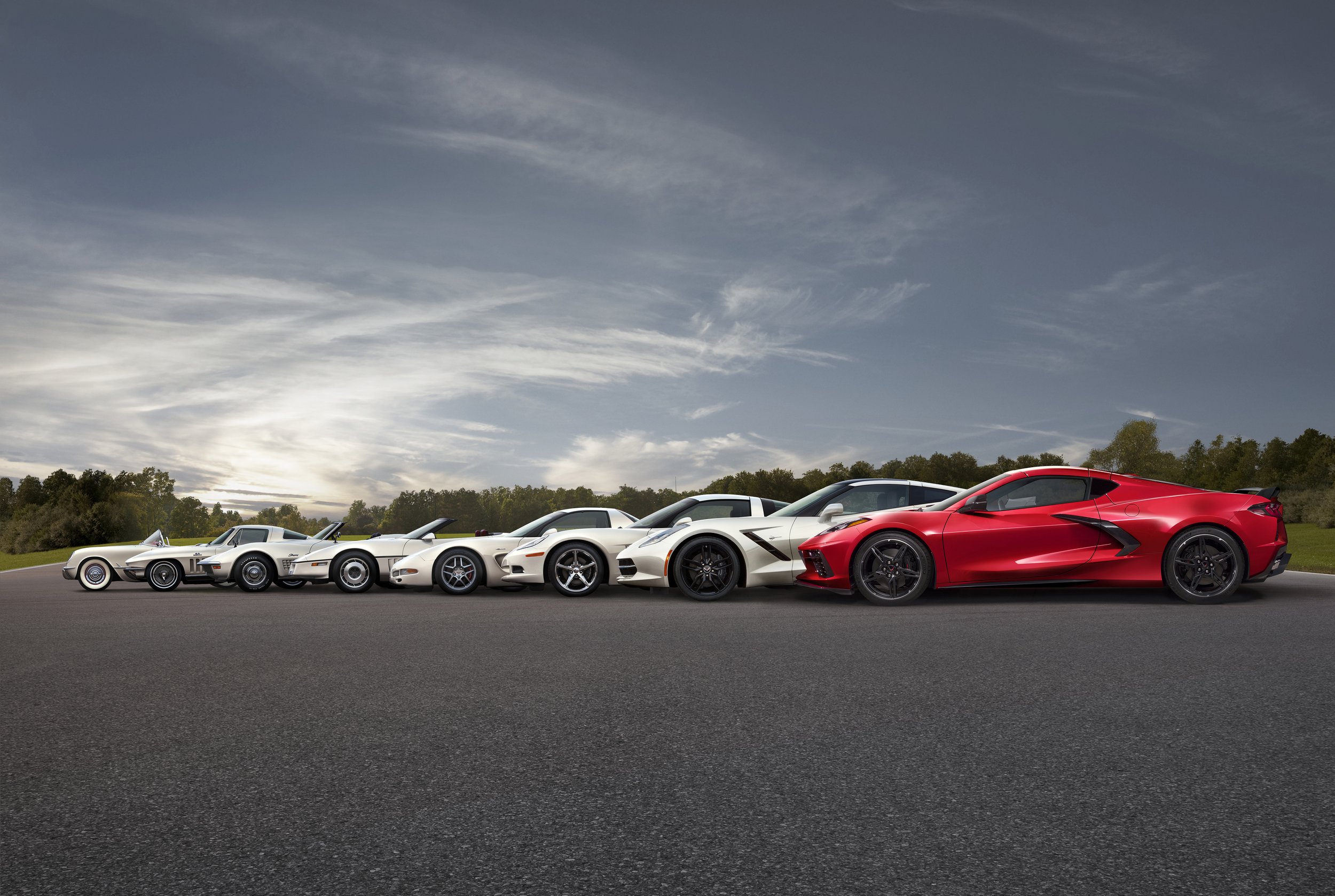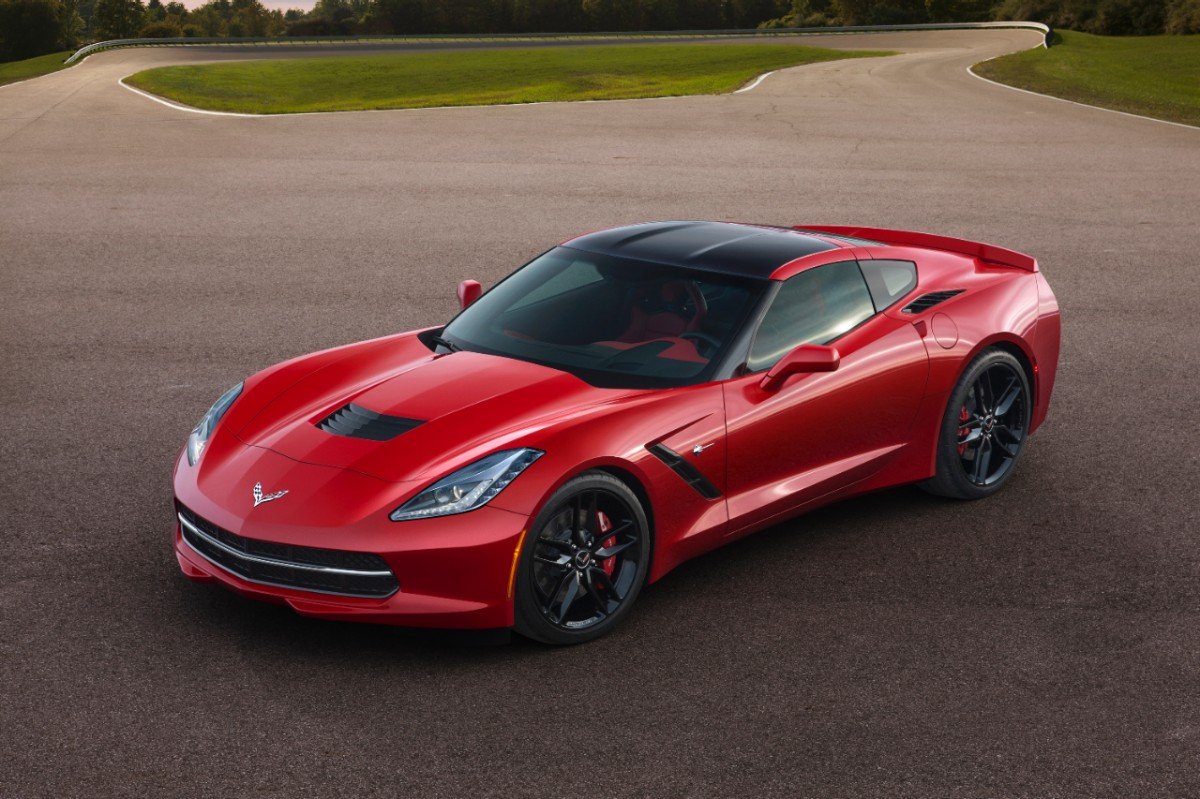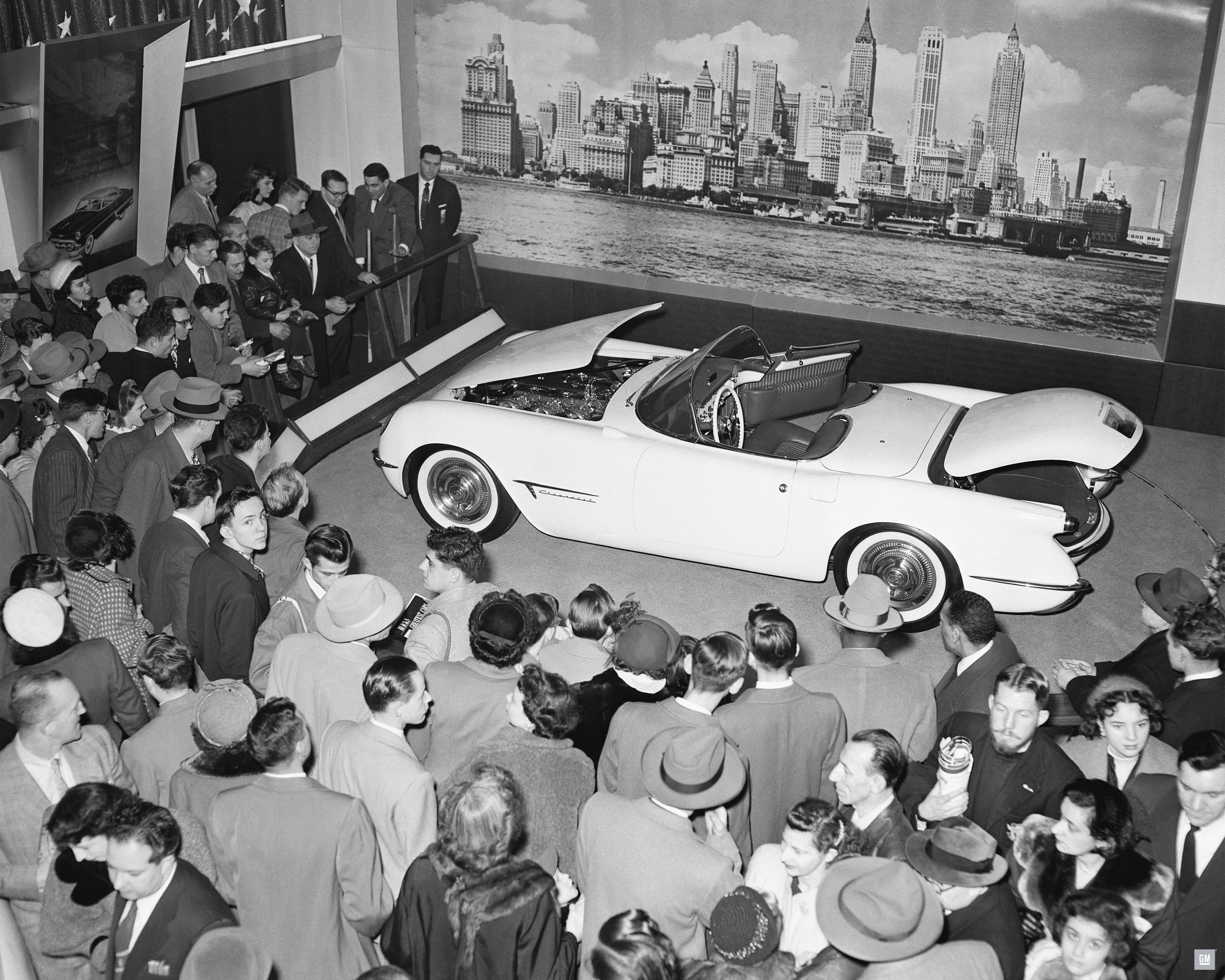American Icon: The Chevrolet Corvette.
The London Concours returns for 2024, and on a landmark occasion for our audience, the show will commemorate the Chevrolet Corvette's seventieth anniversary. The Corvette is one of the most iconic and significant automobiles of all time. Ten models from the Corvette's illustrious history will be on display at the Honourable Artillery Company in the heart of the city from June 4th to June 6th.
The event will span the model-forward C1 of the 1950s to the contemporary mid-engined C8 supercar, which is the most up-to-date iteration. The exhibition, organised in collaboration with the Classic Corvette Club UK and Classic and Sports Car, will trace the development of this iconic model throughout the years, providing intriguing glimpses into the United States and its automotive sector.
C3 Crew of Apollo 12
The show begins with the initial iteration of the Corvette, the first-generation model, which debuted in 1953. Designed by General Motors to capitalise on the United States' fervour for European sports vehicles during the postwar period. Harvey Earl designed the streamlined body of the 'C1', which was the quintessential two-seater sports car of the 1950s and a symbol of American optimism. A variety of engines were available for the C1 during its nine-year production span, ranging from a standard straight-six in the base model to a 5.4-litre V8 with 300+ horsepower. These engines were capable of being paired with either a 2-speed 'Powerglide' automatic gearbox or a 3- or 4-speed manual transmission. The C1, the inaugural mass-produced American sports car, established the groundwork for the long-lasting Corvette legacy and continues to be regarded as a seminal example of industrial design.
The Sting Ray, an alternative name for the second-generation Corvette, debuted in 1963. The C2, which was conceptualised by Larry Shinoda, also known for his work on the Ford Mustang 'Boss' 302, became an immediate classic. Spacious in appearance and featuring a split-rear window, it embodied the prototypical American sports car of the future. In fact, this was quite literal; between the 1960s and 1970s, General Motors and NASA had an agreement whereby legendary astronauts such as Buzz Aldrin and Neil Armstrong would drive top-of-the-line, fire-powered'vettes as company vehicles.
Chevrolet Corvette 8 Generations
Sting Ray featured a variety of V8 engines under its long hood, ranging from the renowned small-block 327 to the monstrous 7.0-litre, 427-cubic-inch beast—ideal for astronauts who were acclimated to rocket propulsion. It was also a formidable competitor on the racecourse, with the thundering, frequently side-piped Sting Ray challenging European machines such as the Jaguar E-Type at circuits worldwide. It was offered in both convertible and coupe forms.
The equally distinctive C3 Corvette, which debuted in 1968, will also be on display. The automotive and design milieu of the 1960s was mirrored in the C2, whereas the C3, characterised by its angular form and eye-catching pop-up headlamps, vividly mirrored the opulent aesthetic of the 1970s. During its fourteen-year production run, the C3 underwent numerous refinements; remarkablelly, by the time production ceased in 1982, twenty-one distinct powerplants had been offered, ranging from more refined small block V8s to the markedly less refined, thunderous big block versions. An early-1970s customer could order a C3 with 450 horsepower, which was approximately 100 horsepower more powerful than a modern Ferrari 512BB; it was a workhorse American performance icon.
Compared to the C3, which exemplified the 1970s, the C4, which debuted in 1984, was distinctly an apparatus of the 1980s. At the time, it incorporated state-of-the-art aerodynamic design and technology, featuring a futuristic digital interface and an entirely new chassis supported by lightweight composite body panels. The C4 underwent significant development compared to its progenitors, as it abandoned the antiquated body-on-frame construction and introduced a six-speed manual transmission for the first time.
In addition, the C5, which was unveiled in June and further modernised the industry, will be on display. It was an instant success with performance vehicle enthusiasts. The C5 was powered by a 345-bhp LS1 5.7-litre V8 and revolutionised overall performance and handling through the use of a significantly more refined suspension system and a lightweight construction. Equipped with advanced magnetorheological absorbers and surpassing 175 mph in maximum speed, the driving experience is currently on par with that of considerably more costly European competitors.
1953 Chevrolet Corvette Motor Show Car
The 2005 introduction of the C6 Corvette, an evolution of the design of the C5, elevated performance to that of a supercar. Sporting goods-inspired models such as the 7.0-litre Z06 with 505 horsepower and the untamed 6.2-litre ZR1 with 638 horsepower exhibited tremendous straight-line prowess, with the latter capable of exceeding 200 mph in a single pass. The Z06, which Evo referred to as a "true all-American supercar," continues to be a visually striking, visceral vehicle.
The 2014-introduced C7 further developed the Corvette by incorporating more advanced materials, sharper designs, and more potent engines. In general, it adhered to the formula that had been successful for the Corvette for more than six decades: a large front-mounted engine tucked beneath a lengthy hood, which transmitted power to the rear axles. Sophisticated technology, such as the availability of an 8-speed automatic gearbox with rapid shifts, enabled the C7 to compete with more exotic machinery; even in its base configuration, it reached 60 mph from 0 in 3.7 seconds, and the supercharged 755hp ZR1 at the pinnacle of the lineup could accelerate to a hypercar-straining 215 mph.
The Corvette retrospective will conclude with the 2020 debut of the C8, the most recent generation. The current Chevrolet-powered vehicle primarily characterised a paradigm shift for the model by adopting a mid-engine layout. By utilising the multi-cylinder, mid-engined configuration that has historically been exclusive to aristocratic European exotica, this manoeuvre improved both balance and agility. It also marked the beginning of a thrilling new era in the history of this legendary automobile.
Amidst a verdant oasis in the centre of London, this summer's event will assemble eighty machines, ranging from antiques to contemporary hypercars. This is only a portion of it. As the highly-anticipated eighth edition of the London Concours approaches, additional class announcements will be made in the coming weeks and months.
Andrew Evans, Managing Director, London Concours, said: “We’re delighted to announce our landmark Corvette retrospective for this June’s show. The London Concours is all about celebrating the most significant, evocative cars, and the Chevrolet Corvette certainly ranks up there among the greats. Working with the Corvette Club of the UK and supported by Classic & Sports Car, we’re looking forward to charting the progression of a model that transcends the automotive world. ‘Icon’ is a word that’s thrown around liberally these days, but when it comes to the Corvette, it certainly applies.”
In addition to the cars, visitors of the Honorary Artillery Company will be offered an opulent selection of food and beverages. This will include a Club Concours hospitality experience that spans the entire day, thought-provoking live stage discussions, and a meticulously curated lineup of luxury brands and boutiques. The London Concours 2024 is anticipated to be yet another momentous celebration of luxury automobiles.
Discover More: London Concours














